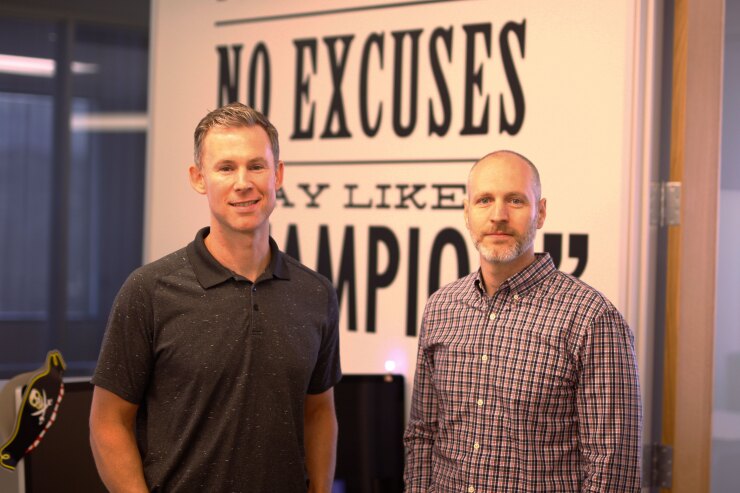What's the best way to attract highly coveted but elusive ultrahigh-net-worth clients?
Emphasize two things: planning focused on tax minimization and flat fees, rather than investment management and fees as a percentage of AUM, says AdvicePeriod,
"Investment management has been commoditized," says Miles. "Active management has demonstrated an amazing inability to outperform benchmarks net of fees, let alone net of taxes. Clients will no longer pay 1% of AUM for asset allocation and manager selection."
Consequently, wealth management firms catering to ultrahigh-net-worth clients will have to either reduce fees or "offer value some other way," Miles says.
For AdvicePeriod, that means striving to reduce clients' tax liability and legal and accounting costs — for a flat fee.
UHNW IN AFTER-TAX WORLD
"Wealthy individuals and families live in an after-tax world," Miles explains. "Asset managers hope to be 1% higher than the market net of their fees. If we do our job well, we have the capability of saving clients up to 40% on estate-tax liability."
AdvicePeriod's standard fee is .95% of AUM, says Straub. But clients with over $10 million in investable assets — who make up over 20% of the firm's roster — are encouraged to transition to a flat fee, he says.

"We use a calculator to help determine what the fee should be," Straub says. "We take into account factors like family net worth, investable assets, complexity of the family's holdings and work that needs to be done and what kind of estate planning is needed."
Annual fees for UHNW clients range from $100,000 to $500,000, Straub says, with a median average of around $250,000 to $300,000.
LAB EXPERIMENTS
AdvicePeriod, which has around $1.5 billion in assets under management, has approximately 50 to 60 clients with a net worth over $75 million, according to Miles.
That ultrawealthy segment is placed into an area of the firm called The Lab, which works on specialized service offerings such as a software program, designed with the tech firm Advizr, which automatically updates the balances of all the client's liquid and illiquid assets.
"We call it a living balance sheet," Miles says, "and it allows us to monitor assets that are out of a client's estate from a tax perspective."
AdvicePeriod also uses software from Parametric Portfolio Associates that Miles calls a "tax-enhanced index manager," Miles says. "It replicates the S&P 500 without buying all 500 stocks. It can be used by clients to harvest tax losses and minimize their tax bill."
The tax loss harvesting technique saved one Hollywood client who had a $50 million liquidity event about $1 million in capital gains taxes, says Todd Butler, an AdvicePeriod advisor. Getting assets out of the client's estate also resulted in savings of millions of dollars in estate taxes, according to Butler.
"We charged the client a flat fee of $145,000," he says, "and he was very happy with the value proposition."





